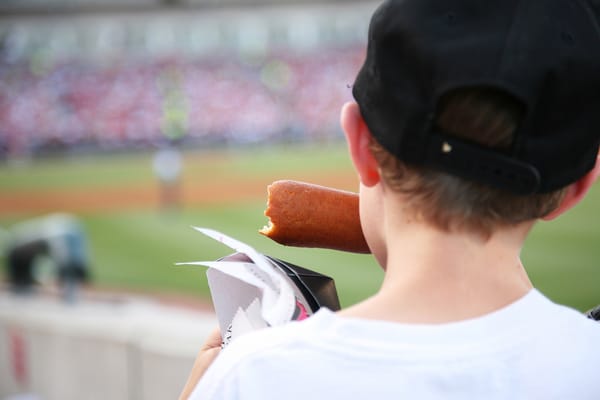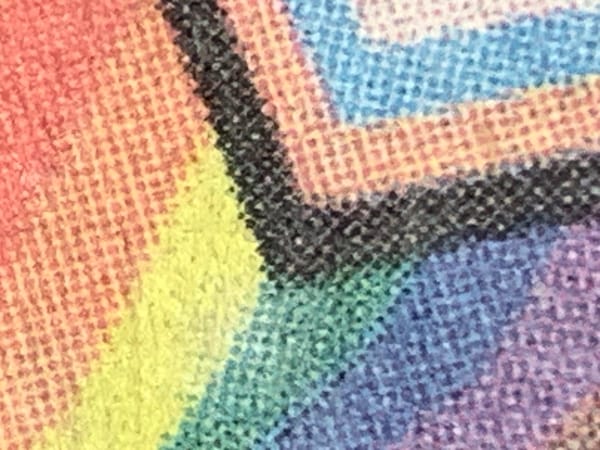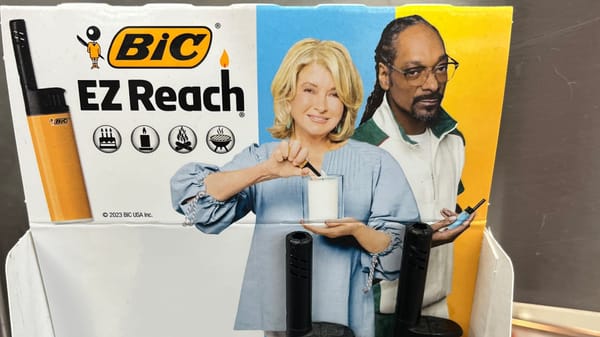Bird brand
Indignity Vol. 3, No. 176

NATURAL HISTORY DEP'T.
The Baltimore Oriole Can Keep Its Name
LAST WEEK, THE American Ornithological Society announced that it plans to change the English names of dozens of bird species, "primarily within the U.S. and Canada," in response to the fact that "some English bird names were viewed as harmful or exclusionary, including some named after people who were perceived as symbols of racism and colonialism." This was, unavoidably, easy grievance bait for reactionaries (former child curmudgeon Ross Douthat interrupted his brooding about African vs. European birthrates to huff about how "Year Zero nonsense is still just stomping around unopposed"), but the society's committee on the subject had in fact given the problem some real thought, and had landed on a solution that was both radical and productive.
Rather than staging a truth-and-reconciliation inquiry weighing the sins against the possible virtues of each of the various enslavers, ethnic cleansers, Confederates, or bigoted naturalists whose names have been attached to birds, the society shifted to a broader principle: birds shouldn't be burdened with people's names at all. "[W]e felt that developing a workflow to decide who is 'worthy' of having their names preserved would likely lead this endeavor into extremely fraught debates," the society wrote. So they turned to the premise that eponym-based names were "poor descriptors," and that "changing eponymous names would give the additional opportunity to introduce more evocative and informative descriptions of the birds themselves."
In 2021, for instance, the society went ahead and changed the name of the bird known as McCown's longspur, which honored a Confederate general, to "thick-billed longspur," which could potentially help people figure out what the bird looks like. I'm eager to see what useful name the process comes up with for the Cooper's hawk, as it removes the name of the 19th century naturalist Wiliam Cooper and tries to come up with a pithy way to express "basically indistinguishable from the sharp-shinned hawk, only bigger."
Rectifying bird names is a tradition as old as popular ornithology. In A Field Guide to the Birds, the first real birdwatcher's manual, Roger Tory Peterson included a plea to give more accurate names to North American raptors. "The colonists who settled here were not naturalists," Peterson lamented, and so the settlers had applied the name "hawk"—which in the Old World was reserved for relatively short-winged, agile accipters like the Cooper's hawk—indiscriminately to falcons and the wide-winged soaring buteos (known in the Old World as "buzzards," a term "corrupted in popular usage to mean our Vultures"). Peterson asked that at least the "duck hawk," "pigeon hawk," "sparrow hawk," and "marsh hawk" be granted the names they had in England, as the peregrine falcon, merlin, kestrel, and harrier, respectively, and within a generation or two, they all were. No self-respecting birder would dream of calling a peregrine a duck hawk today.
But in contemplating a future of neutrally descriptive bird names, I suddenly remembered my patriotic attachment to the Baltimore oriole (Icterus galbula)—state bird of my native Maryland, mascot of my favorite sports team, named for...well, what, exactly? Or whom? Before it was a Mid-Atlantic city or a bird, "Baltimore" was a barony in the Peerage of Ireland, assigned to the family that would also found the colony of Maryland.
Where does that leave the oriole? When I checked the details of the American Ornithological Society's decision, I found that the committee had kept it off the list:
Our recommendations do not include changes to species named after places which were named after people (e.g., American Crow, Carolina Chickadee, Baltimore Oriole1, Hudsonian Godwit, St. Lucia Warbler, Juan Fernandez Petrel). We call this set of names secondary eponyms to distinguish them from the focal set of primary eponyms.
A footnote clarified that the "places named after people" did not exactly capture the case of the Baltimore oriole:
1. After consulting the literature, the committee considered Baltimore Oriole to be a secondary eponym, as the bird’s name comes from its similarity to the colors of the crest adopted by George Calvert, the first Lord Baltimore (Rising and Flood 2020). It is our understanding that it was not named specifically to honor him, nor was it named after the eponymous city.
George Calvert was dead by the time his family won the charter for the Maryland colony, so the association among the bird, its native territory, and the family colors really would have run through his son Cecil Calvert, the Second Baron Baltimore, or possibly even the Third Baron, Charles Calvert. The Maryland Manual's entry for the state bird cites a reference in the state archives to a shipment of "Baltemore birds" from 1698, by which time the family had lost its colonial charter and Charles Calvert had returned to England:
Whereupon ordered by [the Council of Maryland] that the Several Sherifis of this Province give Notice to all Persons & especially the Poorer sort of Inhabitants that they Use their utmost Endeavours to procure all the Birds, Blew Birds, Baltemore Birds, Black Birds Wth Red Wings & all sorts of Deer & other Beasts of Curriosity which Can be possibly Got his Excellency assuring them that he will see them paid for them unless such As shall be presented to his Majesty & the said several Sheriffs are hereby ordered to take Care to Ship & Consign them as formerly directed & to send the Bills of Loading accordingly it being his Majestys Express Desire to have such things Procured & Sent.
Probably, technically, this makes the Baltimore oriole something more like a one-and-a-halfth-degree eponym. Its black-and-orange plumage approximately matched the black-and-gold quadrants of the Calvert crest, but that crest outlasted the Calverts in Maryland to become part of the vexillologically and politically complicated history of the state's heraldry. The black and gold stood for the Union, and it now makes up the flag of the City of Baltimore, and by this point the bird and the baseball team (the fifth major- or minor-league team by that name) might as well be named for each other.
The Baltimore oriole, the one with the feathers, already lost its name once. Under "Oriole" and "Baltimore," the index of my otherwise favorite field guide, the 1983 first edition of the National Geographic Society Field Guide to the Birds of North America, says "see Northern below." Researchers had found it interbreeding with the eye-stripe-wearing Bullock's oriole where their two ranges overlapped, and had just demoted both birds to subspecies of "northern oriole." Twelve years later, they were restored as separate species, a decision affirmed in 2020 when scientists concluded that the hybrid zone where the two orioles interbred had been shrinking rather than growing over the years.

WEATHER REVIEWS
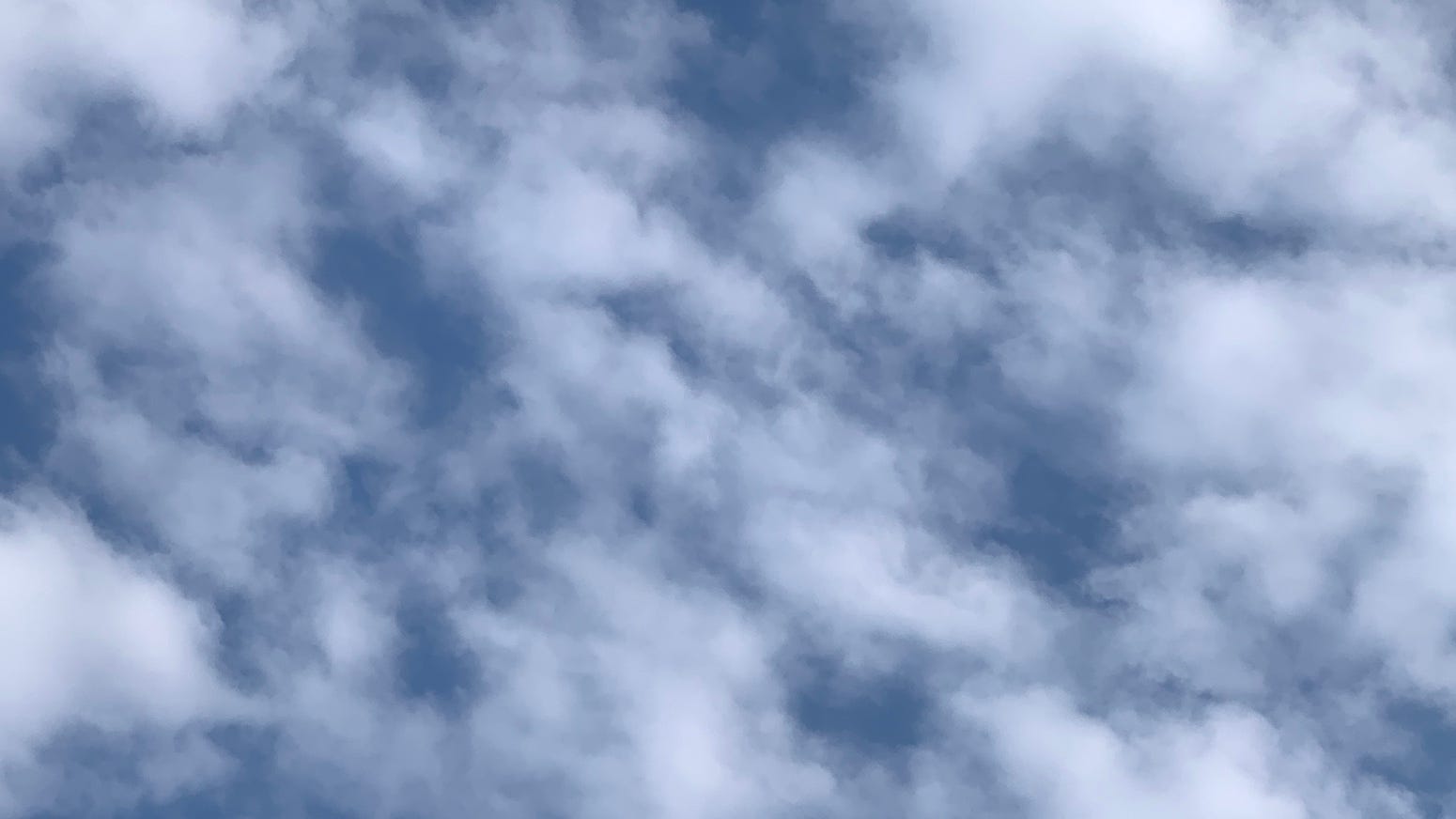
New York City, November 5, 2023
★★★★★ The dislocated sunrise sent its light into the bedroom slowly and indirectly. Silhouetted hawks spun high and tiny against a lattice of blue gaps among close-packed clouds. The clouds seemed to be wheeling as they drifted, too. A man fished out his last Newport and threw the hard pack into the street. The line of the lowering sun coincided more or less with the line where the colors started in the treetops. Robins plucked berries in the overloaded tree inside the park gate. Now the hawks were flying low and catching the light. Leaves clattered down from a plane tree; the ginkgo had left its stench along the fruit-smeared pathway. Already at 4, there were sunset tints on the clouds. "Look at this, it's fucking beautiful," a man said on the path by the Pool. Mallards cruised by the shore under hanging red-tinged leaves. The butternut hickory at the top of the falls, helpfully labeled, sent its long golden leaves spinning down in cascades when the breeze gusted. People took pictures. The still-coloring sky stood mirrored in smooth ripples on the water above the little footbridge.

SANDWICH RECIPES DEP’T.
WE PRESENT INSTRUCTIONS for the assembly of select sandwiches from Light Entertaining: A Book of Dainty Recipes for Special Occasions, edited by Helena Judson, Published in 1910. This book is in the Public Domain and available at archive.org for the delectation of all.
THE old fashioned sandwich, which consisted of a slice of cold meat laid between two slices of buttered bread, has little in common with the sandwich of to-day. Nowadays sandwich-making is a veritable art, and admits of much originality.
Not only is the modern sandwich more pleasing to look upon than the old-time affair, but the dainty arrangement of chopped meat or fowl, fish paste or minced vegetables, is much more easily eaten. No embarrassing gristle or fibre ever enters into a well made sandwich and it is as easily disposed of as a freshly baked biscuit.
SANDWICH FILLINGS
Almost every material known to the epicure is now utilized for sandwich filling, and still manufacturers are every now and then adding some delicious concoction to the already long list. Among the favorite made fillings are the fish pastes. Anchovy, bloater, sardine, and shrimp mixtures are now in the market to say nothing of the hundred and one potted and deviled meats. and different varieties of fowl. The majority of these come in neat jars, but of late many have been brought upon the market in collapsible tubes which are the latest thing in modern luxury for the automobile lunch or the picnic. Where one prefers to prepare the sandwich filling at home, eggs form a staple material on which to display originality. Flaked fresh fish, well seasoned, can easily be prepared at home for a delicious sandwich filling. Green sandwiches made from chopped celery, green peppers, or from a single leaf of dressed lettuce or romaine, are among the favorite fillings of this class. Sandwich material, of all kinds, is improved by mixing with some salad dressing before spreading on the bread. Where sweet sandwiches are desired, all manner of jams and marmalades may be pressed into service and thin slices of sponge cake may be substituted for the bread.
CANAPES
Any of the mixtures used for sandwiches may be acceptably spread on pieces of bread which have been fried in a little butter or olive oil, and left uncovered, in the form of a canapé. These are much used at the beginning of a dinner or luncheon and are often called “appetizers. ”’
SHAPES
Dainty squares and triangles are the shapes most used for sandwiches, but there is always the fancy cooky cutter to resort to when more unusual effects are desired for any particular occasion.
CHICKEN SANDWICHES
One cupful of cold chicken; one teaspoonful of melted butter; two eggs (yolks only); one teaspoonful of rich stock; one teaspoonful of lemon juice; salt and pepper. Boil the eggs fifteen minutes, cool them, take out the yolks, and mash them as fine as possible. Add to these the melted butter and lemon juice, the chicken chopped very fine, salt, pepper, and the stock.
CHICKEN SANDWICHES (French).
Chop the white meat of one boiled chicken very fine and pound to a paste, adding one-half teaspoonful of salt and a dash of red pepper. Soak one table-spoonful of gelatine in one tablespoonful of cold water for fifteen minutes, then add six tablespoonfuls of thick cream; stand this mixture over the teakettle for a moment to dissolve the gelatine, and beat it slowly into the chicken. Set aside to cool, smoothing into an even mass. When cool divide into squares; cut these squares into very thin slices and arrange them neatly over buttered thin slices of bread, cover with another thin slice of bread, and cut into fancy shapes, removing the crusts. Serve in lettuce leaves to keep the sandwiches moist.
If you decide to prepare and attempt to enjoy a sandwich inspired by this offering, be sure to send a picture to indignity@indignity.net.

MARKETING DEP'T.

ATTENTION, BOOK SHOPPERS! We are pleased to announce that we have SOLD OUT the first printing of 19 FOLKTALES. A second printing, which corrects the unorthodox (collectible!) spine alignment of the first edition, is underway, but new orders may be delayed even more than they are under our usual hand-fulfillment system. Some signed copies are available as premiums for Kickstarter supporters of the new FLAMING HYDRA publishing enterprise, which we encourage you to support.
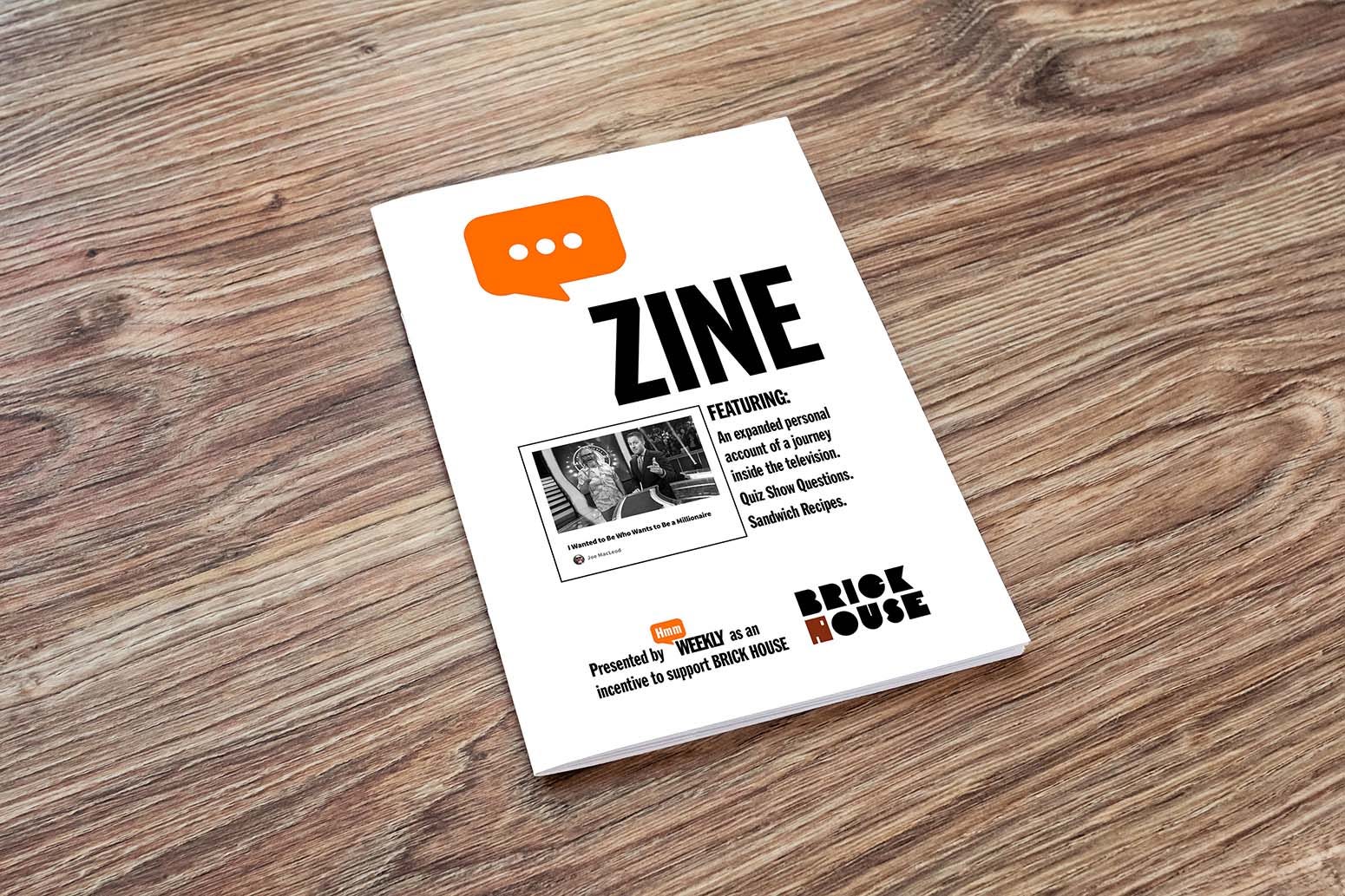
Totally not sold-out: HMM WEEKLY MINI-ZINE, Subject: GAME SHOW, Joe MacLeod’s account of his Total Experience of a Journey Into Television, expanded from the original published account found here at Hmm Daily. The special MINI ZINE features other viewpoints related to an appearance on, at, and inside the teevee game show Who Wants to Be A Millionaire, available for purchase at SHOPULA.
Thanks for reading INDIGNITY, a general-interest publication for a discerning and self-selected audience. We depend on your support!




